The great astronomer Carl Sagan once speculated in his legendary 1980s television series Cosmos whether complex beings could evolve on a planet without solid ground, like the gas-giant Jupiter. Such creatures’ day-to-day lives would have to unfold entirely in the “air,” without ever touching the ground. But closer to home, those aliens are already among us, darting through the air above our rooftops.
They are out of this world. With ear-piercing shrieks, they whizz above the roofs of our home in Kreuzberg, chasing each other at breakneck speed, slaloming around chimneys, oblivious to us, their admiring audience. Why should they care? Swifts have nothing to fear from us humans, rooted to the ground like plants. Nothing could be further from their reality: They live on the wing, sleep on the wing, have sex on the wing.
As of early May they embark on their aerial acrobatics in Berlin, their sharp calls ringing through the air. It’s the soundtrack to barbecues on the terrace, barefoot frisbee sessions in the park, open-air cinema…heralding summer frolics yet to come. Seeing and hearing them again, it feels like they’d never left. But in reality, they are just back from an enormous journey: They’ve been up in the air for almost a year, without landing once. Nonstop.
Gliding around the globe
“They have flown from Bristol to southern Africa and back without touching anything, carrying nothing, never perching, never landing, never tired…It is like seeing a seafarer still offshore but returning from the other side of the world. What does a homecoming mean for a seafarer? Where have they been, what have they seen; where will they go, will they ever stop to tell me what they know? The news they carry from the other end of the planet and all points in between is simply themselves. They have been in another air; here they are briefly in mine; that is all. The earth passes beneath them.”
That is how the British BBC Journalist and life-long bird enthusiast Tim Dee celebrates the arrival of the swifts, conveying the wonder of these unique creatures.
“As if the bow had flown off with the arrow”
Sculpted by the laws of aerodynamics
In the words of the British poet Edward Thomas, swifts are “as if the bow had flown off with the arrow.” Though easily confused with swallows at first glance, a closer look reveals their unmistakably longer, slender, scythe-like wings. “They are like a diagram of flight, a model of aerodynamics in a wind tunnel,” writes Dee.
Surprisingly, swallows and swifts are not even directly related to each other. They only look alike because the laws of aerodynamics dictated both their designs. Evolution is based solely on chance alterations – it is blind to the future. There’s no pre-determined goal. But even random movements can inevitably lead in a very particular direction if the available space is narrowly restricted by the rigid laws of air resistance. So swallows happen to resemble swifts, just as sharks have similarities with dolphins, though one is a fish, the other a mammal.
We humans often like to think of ourselves as “the pride of creation”. But according to evolutionary biologist Richard Dawkins, the swifts, those “spectacular flying machines,” also deserve this arguably meaningless accolade: “A historically minded swift, understandably proud of flight as self-evidently the premier accomplishment of life, will regard swiftkind (…) as the acme of evolutionary progress.”
A high-perfomance engine in a lightweight chassis
Fine-tuning is the key to swifts’ flying prowess. Their perfected aerodynamics are aided by their light weight. Even though their wingspan measures around 45 centimetres, they weigh the same as seven one euro coins, or a tenth of the weight of the wood pigeon. Their legs, useless ballast in the air, are nothing but stunted emergency props. This explains their latin name Apus apus, which simply translates as “without feet”.
“Since it left its nest cranny, all of its life has been in the air. It has barely needed legs. If it goes back to its nest after it has fledged, it either flies straight in or scrabbles for an inch or two like an amputee using its wings to propel it. When it returns to the air it simply falls into it, tumbling casually back out into the sky, where it lives.” (Dee, p. 210)
Like in all birds, the lightweight construction is coupled with a fast-paced metabolism fuelled by an extremely effective supply of oxygen: The lungs follow a different design from ours so the air can flow through them permanently in one direction, meaning they don’t need to breathe in and out.
While playing catch in the air, swifts can dash at up to 200 kilometres per hour. This is why they have little to fear from natural predators – only falcons, equally perfect aerial hunters, pose a threat.
Skeleton of a swift
(Osteologia avium; Or, a Sketch of the Osteology of Birds / II by T. C. Eyton)
Building nests out of thin air
Their airborne antics reveal they are social beings just like us, their urban cohabitants, admiring them from below. But they do occasionally fight fiercely over the best spaces to built their nests using “objects caught during flight such as seeds, leaves, thin blades of grass, feathers and even bits of paper floating in mid-air,” explains one bird guide. Their traditional nesting sites on rocks and trees are hardly ever used today. Swifts are well adapted urbanites, breeding mainly in roof cavities of old buildings in our towns and cities.
With the exception of short periods spent building nests, breeding or feeding their young, a swift is perpetually up in the air. They collect their food exclusively in mid-air: insects and spiders caught during flight. While caring for their young, they can collect around a spoonful of those little creatures in their throat pouch.
Swifts often return to their place of birth, with many young parents even using the nest where they themselves first saw the light of day. But try and spot a swift during bad weather. They often seem to have been wiped off the face of the earth – or at least, the face of the sky. Faced with a storm, the lightweight fliers flee to above large bodies of water and sometimes venture hundreds of kilometres away from their breeding grounds. Once the bad weather has passed, they reappear.
Leaving their fledglings behind while they embark on their long trips, swifts’ chicks fall into a kind of hunger sleep. Their heartbeat and body temperature are reduced to an absolute minimum to save energy. In this state they can survive up to ten days without food, shedding more than half their bodyweight. If cold snaps last for too long, swifts can die in great numbers.
“We bring out the night” Artwork by Solinni
Wings like dark slivers of moon
During the night, swarms fly high up into the sky to drift with the wind, only flapping their wings occasionally. When a swift ends up on the ground — after a collision, for example — the flight acrobats are suddenly out of their element, like a fish on dry land. Their lack of strong legs impedes take off, as described by Tim Dee, writing about finding a stranded bird:
“I bend and pick the swift up, letting its panicking wings fold and calm in my palm. It is incredibly light but its warmth and its feathery energy feel strong in my hand, as if I am holding repelling magnets made of air. Holding a bird is always a surprise like this. Between my fingers its black eyes reflect the riven clouds overhead. I extend my arm, unclench my hand, and throw the swift lightly up into the sky. For a moment it seems to falter and begin to fall then, as if reclaiming its magnificent wings from me, it flicks them, dark slivers of moon, and is gone back into its life, airborne and flying.” (p. 210)
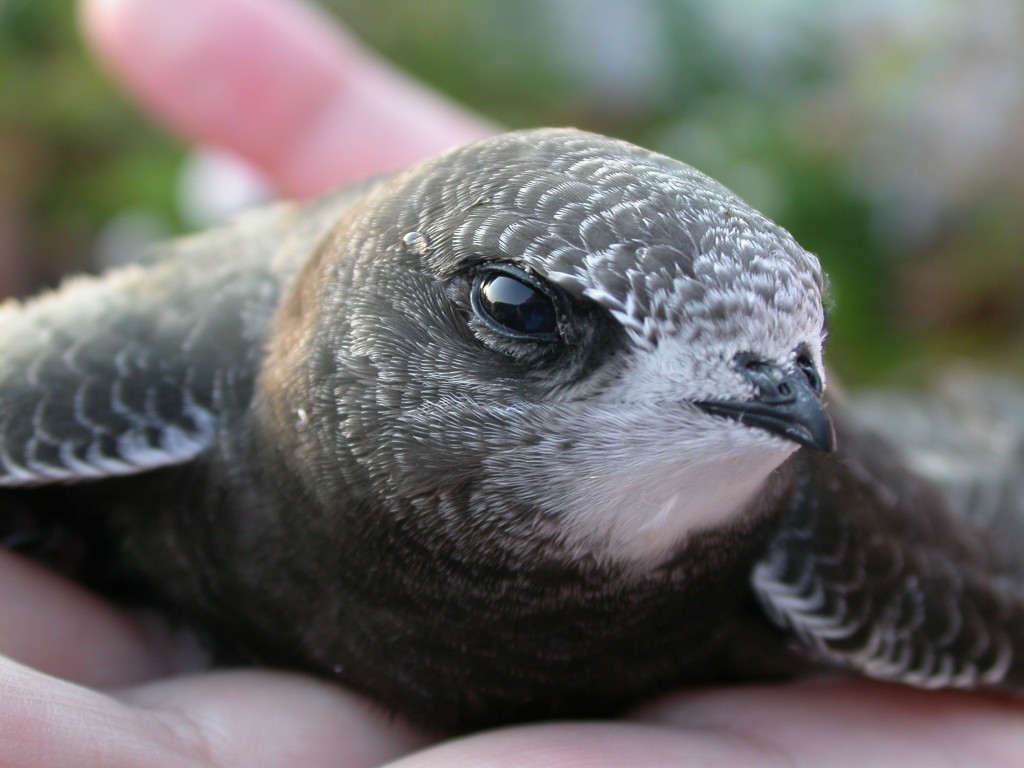
A young swift (Photo: Klaus Roggel, Wikimedia Commons)
Airborne sex: the bird with four wings
Swifts even have sex in mid-air. Dee once caught a couple red-handed:
“(After a headlong dive) it is alongside another bird which it has sought out and it flies closer to this bird from behind and then, in an action I will never forget, it raises its wings still higher above its body and slides itself onto the back of the other bird, which lifts its wings too, and for two and a half seconds they mate. As they do, both birds’ wings beat in synchrony, extra deep to their full extent, cutting all the way down and then all the way back up. They look joined in the air, as if one bird had four wings. Then it is over…two and half seconds of black magic.”
Then, in August, the swifts disappear as suddenly as they arrived — from one day to the next, they are simply gone. Their abrupt absence triggers a pang of melancholy: without their wild shrieks from above, I realise the midsummer is nearing its end. They are off, tracking the summer and heat, moving south. If only we could join their migration… “You never see them go. Every year they do their disappearing trick once more. They empty the sky of themselves. Out of the blue.”
Special thanks to:
Thomas Krumenacker for expert comment.
Keld Sorensen for letting me use his photo as title image
Paolo Taranto (fotografianaturalistica.org) for giving me permission to use his pictures
Sources:
Richard Dawkins: The Ancestor’s Tale (Weidenfeld & Nicolson, 2004)
Tim Dee: The Running Sky: A Bird-Watching Life (Vintage, 2010)
Carl Sagan: “Cosmos” – all episodes of this classic series are available on Youtube. I consider them a must-see as the series was an important inspiration for this blog.
Carl’Antonio Balzari et al.: Vogelarten Deutschlands, Österreichs und der Schweiz (Haupt, 2013)


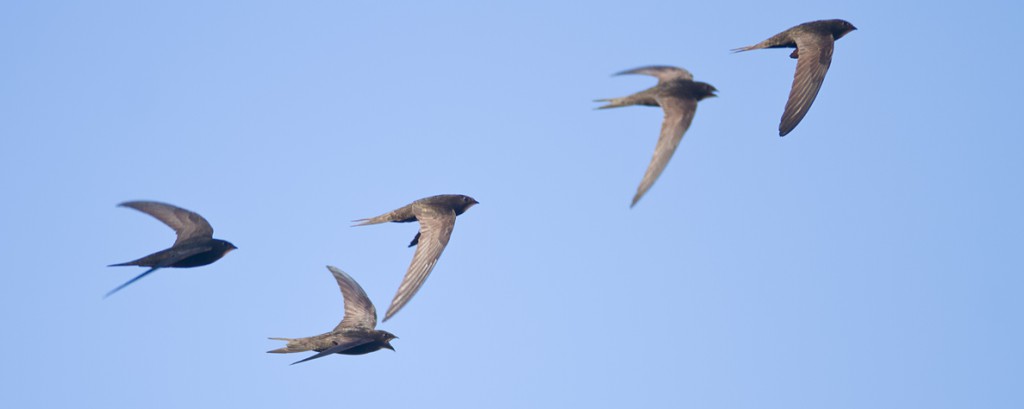
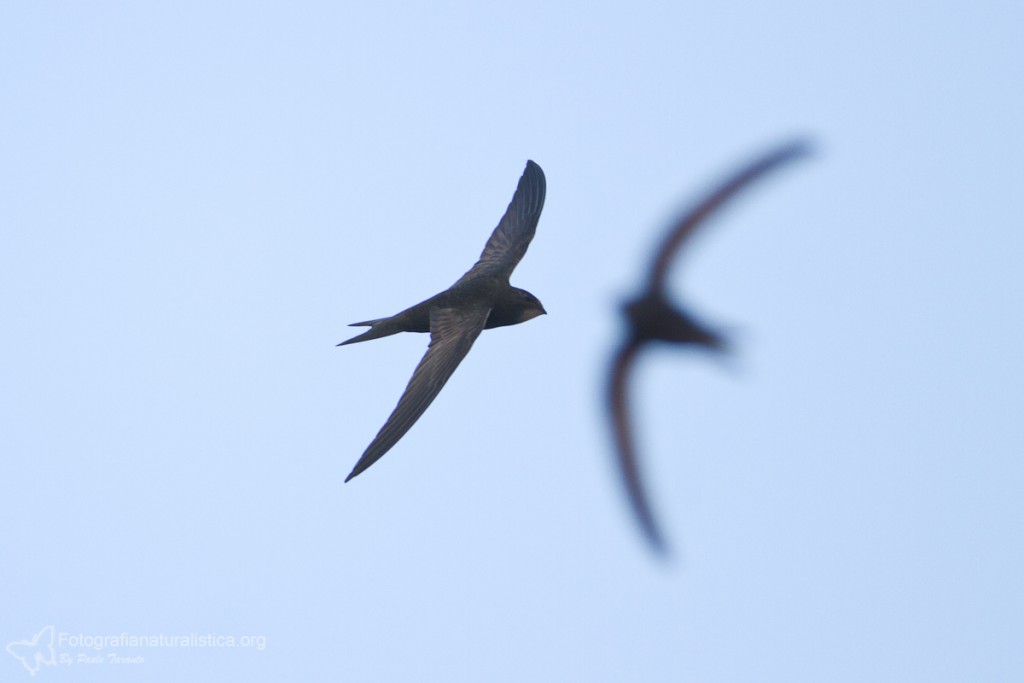
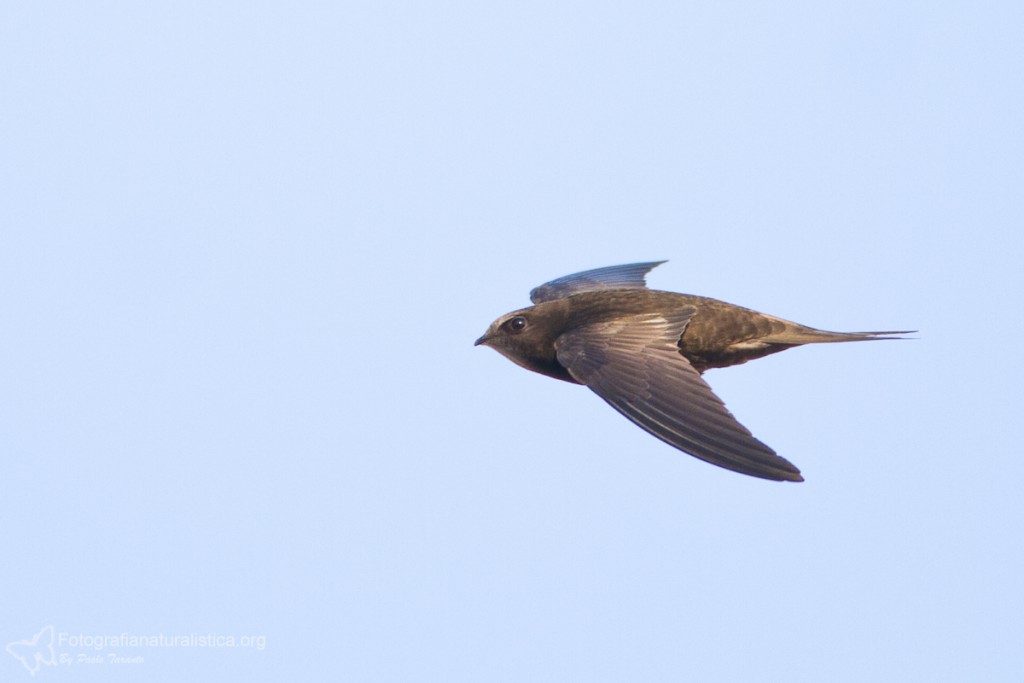
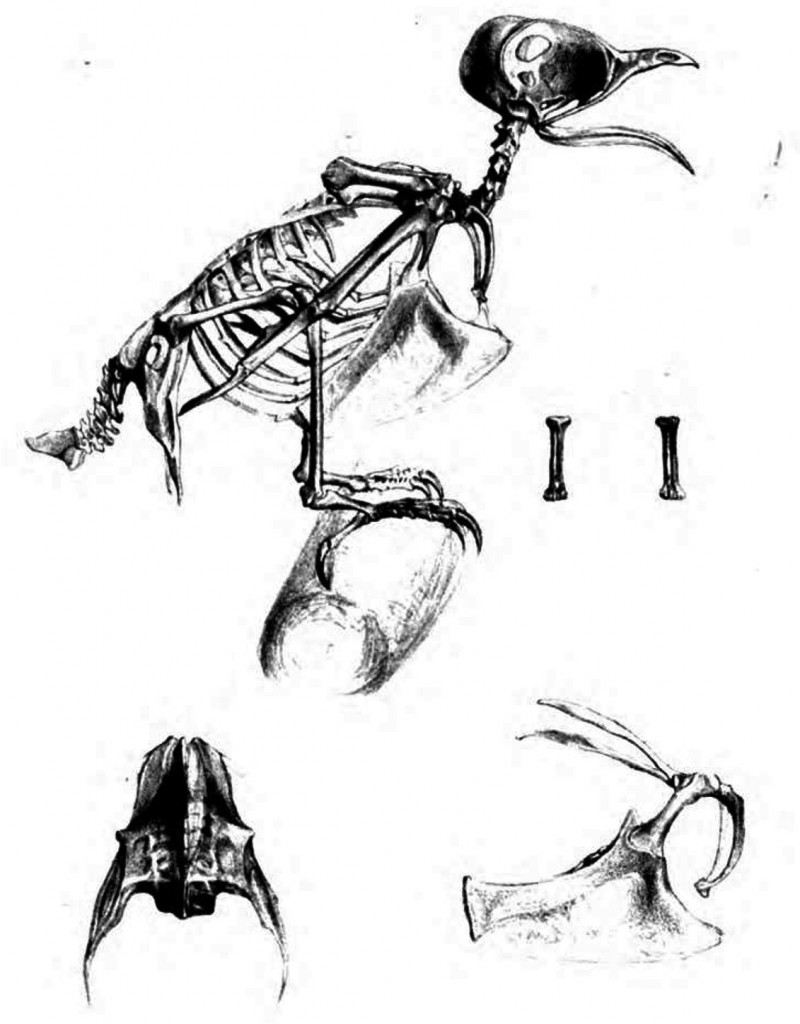
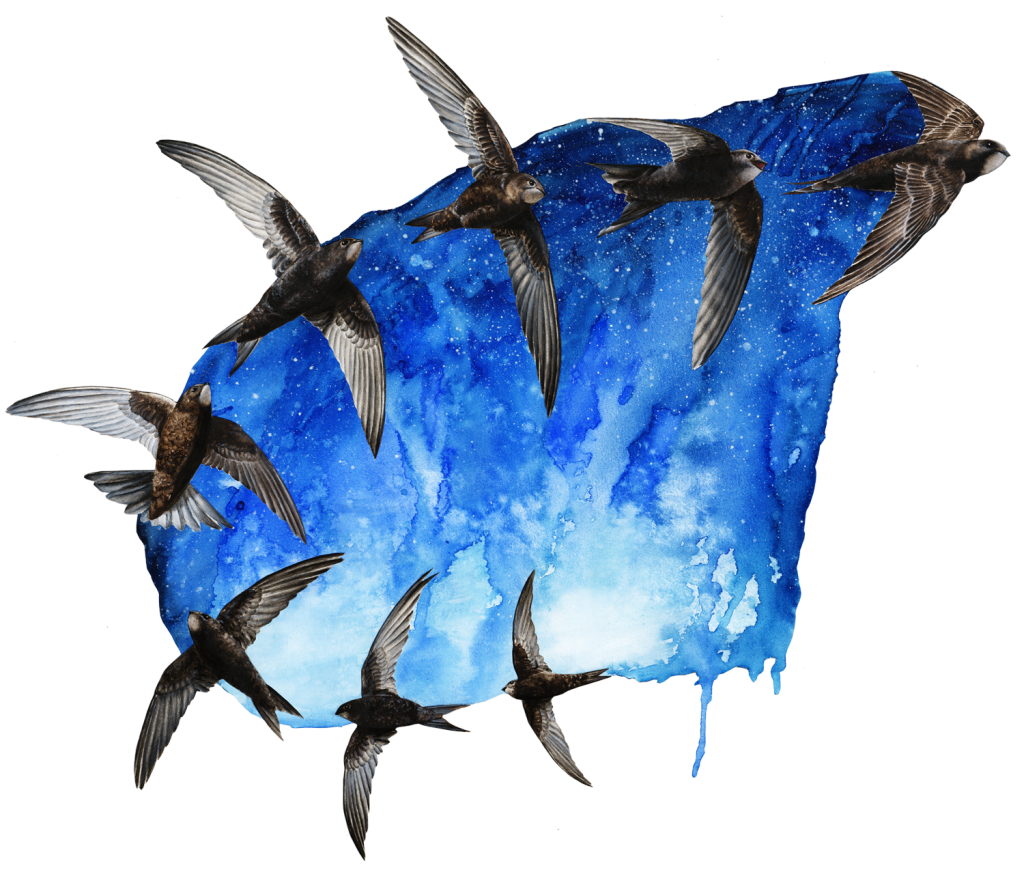
Comments are closed, but trackbacks and pingbacks are open.